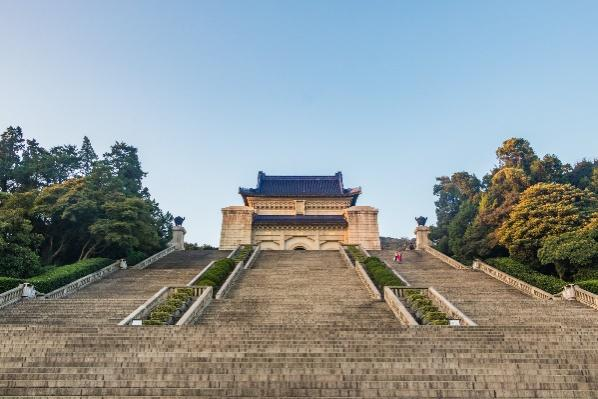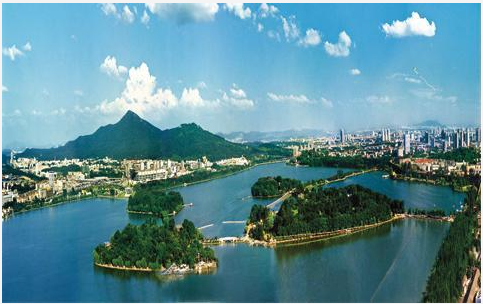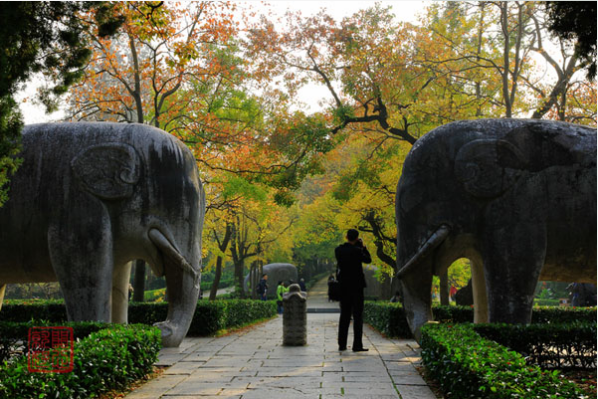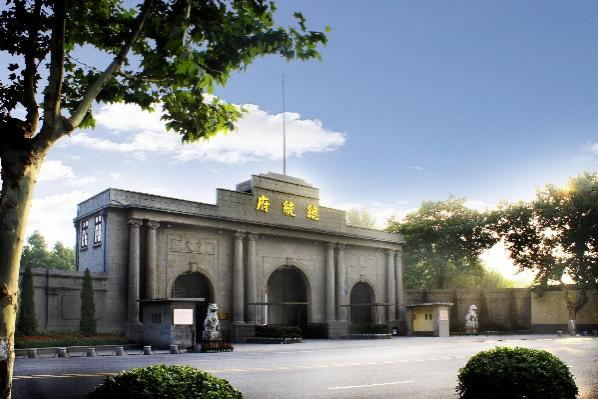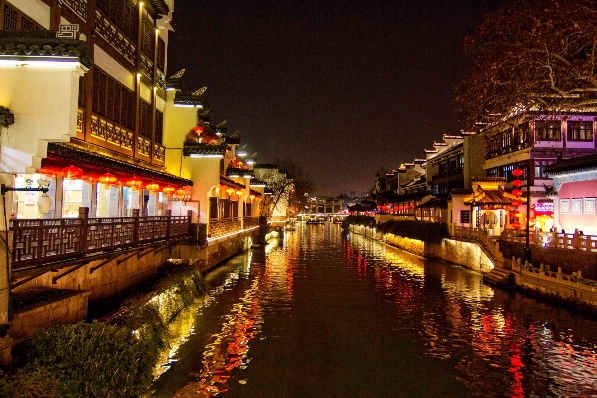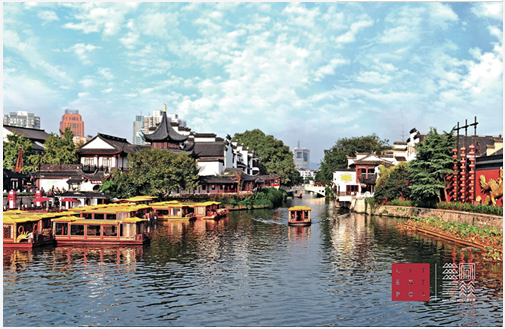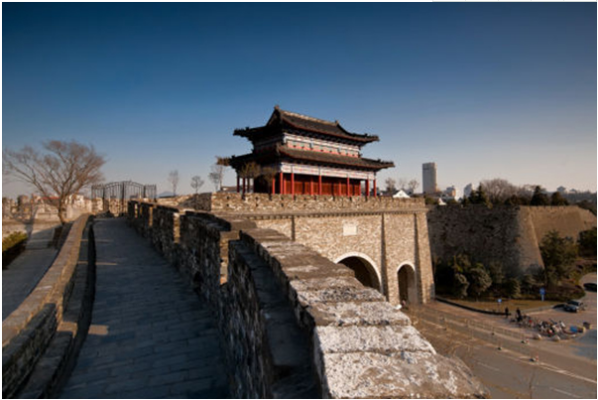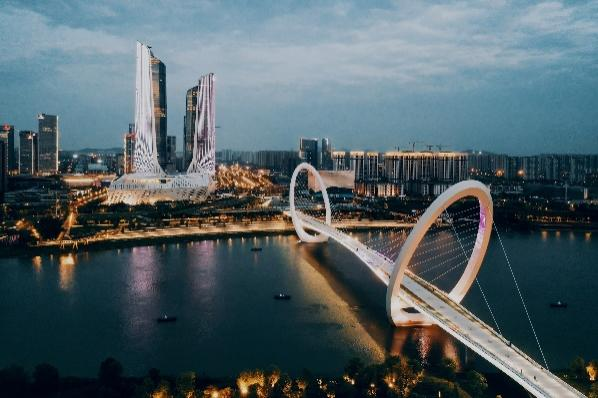Visit
Nanjing is a city with a profound cultural history as well as a power industry background, this part is introduced from five parts related to history, culture, geographical location, climate, famous tourist attractions, and electricity.
History of Nanjing
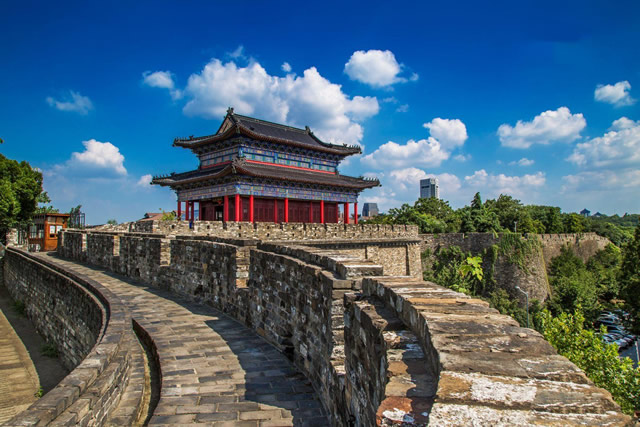
Nanjing is one of the famous historical and cultural cities in China, with a long history and splendid culture. The earliest history of Nanjing can be traced back to the Eastern Zhou Dynasty about 2,500 years ago. During the Spring and Autumn Period and the Warring States Period, Nanjing was the capital of Wu State and one of the important birthplaces of ancient Chinese culture. Known as the “Ancient Capital of the Six Dynasties”, Nanjing was the capital of the Southern Dynasties Song, Qi, Liang, Chen, Southern Tang, and Southern Han. It was an important development stage of ancient Chinese culture and left a large number of historical relics and cultural heritage.
During the Ming Dynasty, Nanjing became the political, cultural, and economic center of China and was one of the largest cities in the world at that time. The first emperor of the Ming Dynasty, Zhu Yuanzhang, established his capital in Nanjing, and Nanjing became the capital of the Ming Dynasty. Nanjing City Wall, Ming Xiao Mausoleum, Confucius Temple, Zhongshan Scenic Area, and other historical sites and cultural landscapes are important tourism resources in Nanjing.
In the early 20th century, Nanjing became the temporary capital of China. Nanjing has experienced the history of Japanese aggression and the civil war between the Kuomintang and the Communist Party, and it is also one of the important nodes in the modern history of China. The Nanjing Massacre Memorial Hall, the Sun Yat-sen Mausoleum, and the Presidential Palace are the commemorative attractions in Nanjing, which have witnessed the tragedy and heroism in modern Chinese history. Today, Nanjing has become a modern city while retaining a rich historical and cultural heritage.
Culture of Nanjing

Nanjing is one of the famous historical and cultural cities in China, with a long history and splendid culture. Nanjing culture is an important part of Chinese culture, including literature, art, architecture, music, food, etc.
Nanjing has a long history of literature, and Nanjing is one of the important birthplaces of Chinese literature. During the Southern Dynasties, Nanjing was a period of prosperous literature, and many outstanding writers and works appeared. Tang Dynasty poets Du Mu and Bai Juyi once wrote and published in Nanjing. During the Ming Dynasty, Nanjing was one of the centers of Chinese literature, and many outstanding writers and works appeared, such as “The Peony Pavilion” by Tang Xianzu and “Jiangchengzi” by Wen Zhengming. Since modern times, Nanjing literature also has many outstanding representative works, such as Guo Moruo’s “Nanjing”.
Nanjing art includes painting, calligraphy, paper-cutting, cutting art, etc., with strong local characteristics. Nanjing has a long history of schools of painting and calligraphy, such as the “Jinling School of Painting” in the Ming Dynasty and the “Jinling School of Calligraphy” in the Qing Dynasty. Nanjing paper-cutting and cutting art also has a long history and unique style and is one of the important representatives of traditional Chinese handicrafts.
Nanjing architecture is represented by historical sites and cultural landscapes such as the ancient city wall, Ming Xiaoling Mausoleum, Confucius Temple, and Zhongshan Scenic Area. It is one of the important representatives of ancient Chinese architecture. Nanjing has a unique architectural style, which combines the architectural features of the south and the north, forming a unique and charming Nanjing architectural style.
Nanjing music, represented by Nanjing Drum and Peking Opera, is an important part of traditional Chinese music. Nanjing Drum is a representative of folk music in Jiangsu, with a long history and unique artistic style. Peking Opera is one of the important types of traditional Chinese opera. Nanjing is one of the important birthplaces of the Peking Opera. The art of Peking Opera in Nanjing also has a unique style.
Nanjing cuisine, represented by duck blood vermicelli soup and duck blood soup, is one of the important representatives of traditional Chinese cuisine. Nanjing’s cuisine is famous for its deliciousness, lightness, and rich nutrition, and it has rich local characteristics and historical and cultural heritage.
Location and Climate

Nanjing is the capital city of Jiangsu Province, China, located in the eastern part of China, on the south bank of the lower reaches of the Yangtze River, it is one of the core cities of the Yangtze River Delta city group. Nanjing has a north subtropical humid climate with four distinct seasons and abundant rainfall. Nanjing has short springs and autumns, long winters and summers, and a significant temperature difference between winters and summers. Due to changes in atmospheric circulation and Nanjing’s continuous afforestation, Nanjing’s summer heat is greatly reduced compared with other cities, so the name “stove” has been removed. The pleasant climate in spring and autumn makes it an ideal season for tourism.
Famous Tourist Attractions
Nanjing has many famous cultural tourist attractions, such as Zhongshan Mausoleum, Ming Xiaoling Mausoleum, Presidential Palace, Fuzi Temple, Qinhuai River, Nanjing City Wall, etc. Zhongshan Mausoleum is the mausoleum of Sun Yat-sen, one of the greatest figures in modern Chinese history, and a place where the Chinese people pay tribute to and honor the memory of Dr. Sun. The Ming Xiaoling Mausoleum, the tomb of Zhu Di, the third emperor of the Ming Dynasty, and Empress Ma, is an important place for the preservation of China’s cultural heritage. The Presidential Palace is one of the important political, military, and cultural centers in China’s modern history, and a museum of modern Chinese history. In addition, historical and cultural attractions such as the Fuzi Temple and the Qinhuai River are also famous tourist attractions in Nanjing.

